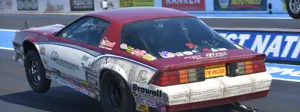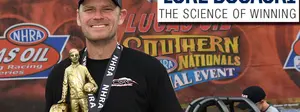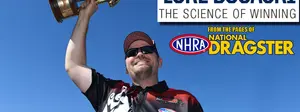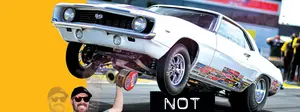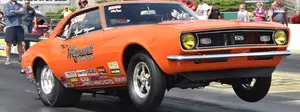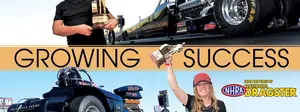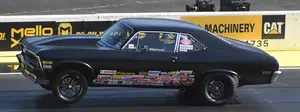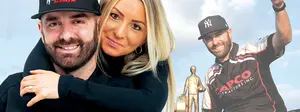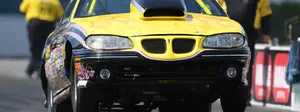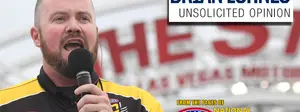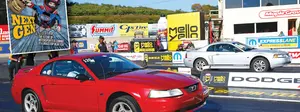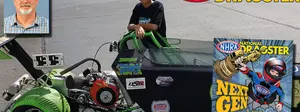

NHRA Jr. Street, a steppingstone to 'big-car' racing for teenagers
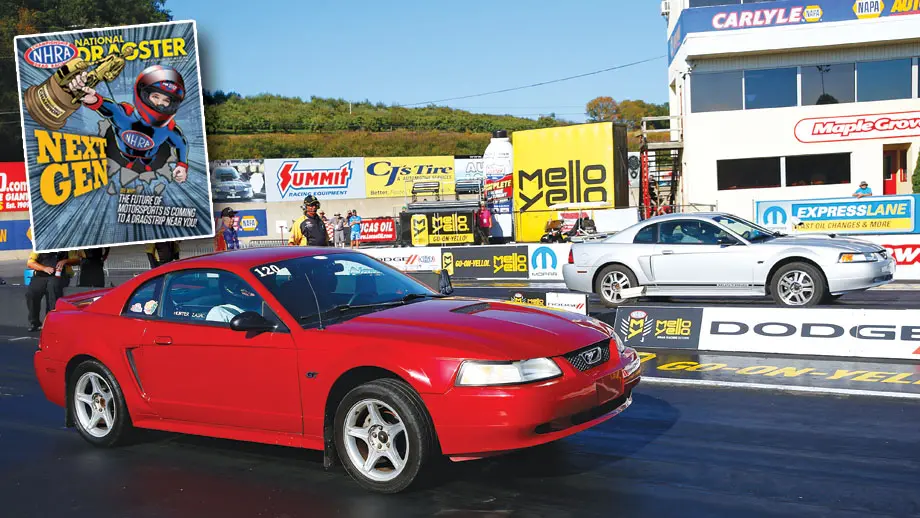
Three years ago, NHRA introduced Jr. Street, a new youth racing program for 13-16-year-olds that gives teenage boys and girls the opportunity to race against their peers in full-body street vehicles with an adult co-driver as their teammate.
“This is an inexpensive program to help meet the demand for teenagers wanting to drive fast, but, best of all, it’s a way for families to use drag racing as a learning tool and a conduit for family bonding,” said Josh Peterson, NHRA vice president of racing administration.
Competitors in the NHRA Jr. Street program go through an orientation/licensing procedure on an eighth-mile dragstrip in their vehicles, which must meet program requirements. Approved vehicles must be registered, insured, street-legal vehicles with mufflers and street tires and limited to nine seconds and slower.

Wally Duperon is the race director at Mission Raceway in Mission, B.C., which has one of the strongest Jr. Street programs in Division 6.
“As soon as we plugged Jr. Street on our website and Facebook page, we started getting calls,” he said. “The next year, we had 7-10 cars licensed, and last year, we licensed more and had 12 cars that ran for points. This year, we’re knocking on the door of 20. It’s grown tremendously for us. The word of mouth has been good, too, and the parents are enjoying it.
“The feedback we get from parents is that it was so much cheaper and easier to do than Jr. Dragster racing, and it’s not just the kids of people who are already racing. We licensed a kid recently whose dad had nothing to with the racetrack but came as a spectator once in a while and thought it would be good for his son to get involved in.”
Jr. Street licensing requires that drivers submit medical and birth certificates. From there, the driver must make six runs, five with the guardian or parent and the last one with the race director.
“We tell parents to have the kids be familiar with parts of the track — where the staging lanes are, where the turnoffs are, where the finish line is, how the Christmas Tree and timing system work — and we make sure they understand all of the vehicle controls, from the brake pedal on.”
Division 1 Director Dave Mohn says that his division also has become a stronghold for the class.
“We have a fairly strong program in the division,” he said. “We have gone from six competitors at our Jr. Divisional Championships to more than 20 last year. Several tracks in this division have strong programs as well, including Mason-Dixon Dragway, Maple Grove Raceway, Atco Dragway, and Island Dragway all run regular programs for Jr. Street. Cecil County Dragway also runs Jr. Street on a monthly basis.”
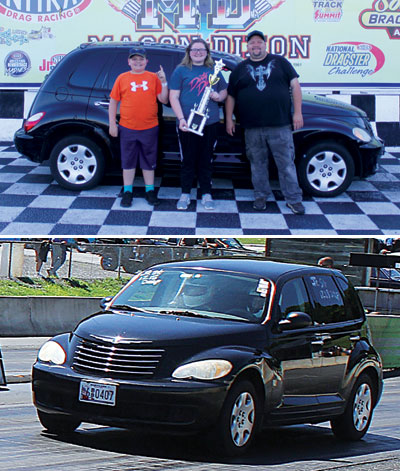
Elmer Wachter, the owner at Mason-Dixon Dragway, sees from four to eight Jr. Street racers at each event, but the numbers stay steady even as kids age out and move up.
“A lot of my first kids were Jr. Dragster racers who also wanted to drive a ‘big car,’ but now I’m seeing a lot of kids bypass the Jr. Dragsters and go right into driving their parents’ pickup or SUV,” he said. “It’s working really well. We invite all of our current Jr. racers to bring in a friend and a parent, at no cost, to try it out. If they like it, fine, we’ve got a new racer, and if not, nothing ventured, nothing gained. We’re seeing a mix of current racing families as well as families who have only been spectators or are friends of racers, and it’s a mix of both girls and boys. The Jr. Dragster program can be costly to get started with, and Jr. Street is the complete opposite.”
The track offers test and tune days that allow the kids to hone their skills and is open to licensing at any day or event.
Victoria Griffey runs the Jr. Street and Jr. Dragster programs at Wild Horse Pass Motorsports Park in Arizona and has seen the program grow.
“The first year we only had one kid; last year, we had six, and this year, it looks like we’re going to have eight,” she said. “All of the parents who run here help me spread the word on social media, sharing it on Facebook, and I have an email list of 800 racers that goes out to racers and fans. We do announcements at the track all the time.
“When we got our first kid two years ago, I brought him up in front of all the Jr. racers and their parents, showing them what they can do next. It was so cool. All the kids ran up there to watch him run. It was awesome.
“This year, we’re going to get some of the parents to take one of the cars to the local school to show it during a rally and tell the story about Jr. Street.
“The majority of the kids who get involved are those of parents who already either bracket race or run Jr. Dragster, but there still are kids and families who are new to drag racing. It’s a great way for kids and parents to get involved because a lot of parents can’t afford to get a Jr. Dragster. Jr. Street has been a blessing to a lot of them.”























